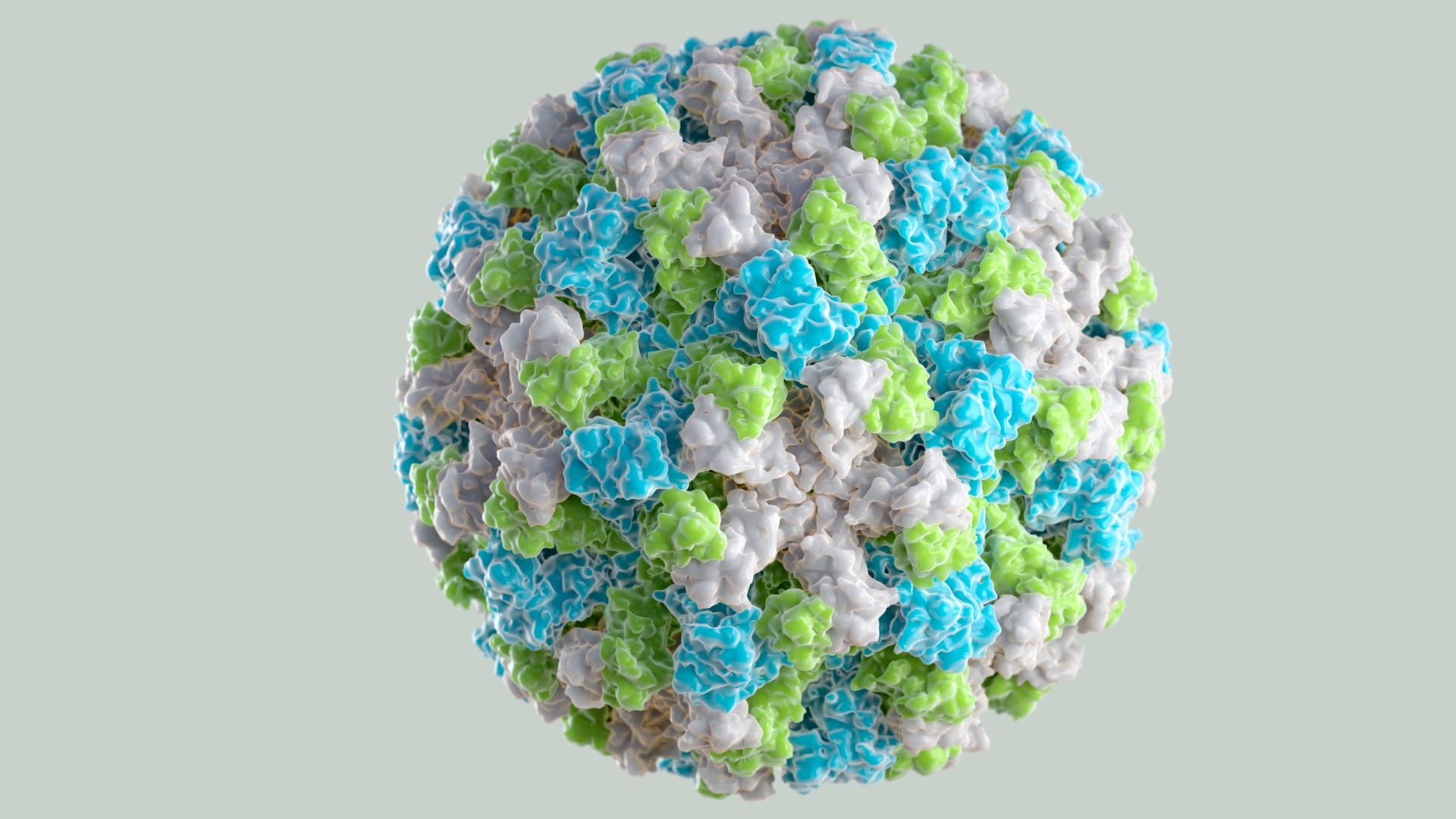Norovirus Strikes, Again: How To Survive A Cruise With The Stomach Bug

New outbreaks of gastrointestinal illnesses on cruise ships have sickened about 150 people, adding to the growing toll of such cases in 2025 ahead of peak cruise season, according to the Centers for Disease Control and Prevention.
Two outbreaks occurred on the Holland America Line’s Eurodam and Zuiderdam. The agency also reported new cases on the Lindblad Expeditions’ National Geographic Sea Lion.
Health officials have yet to determine what caused two of these outbreaks but were able to link Eurodam illnesses to the pathogen behind most of this year’s outbreaks: Norovirus.
Commonly known as the stomach bug, norovirus is a leading cause of vomiting and diarrhea in the U.S, typically infecting patients through contaminated food or water. The only thing bearable about it is that it is short-lived, passing through the system in one to three days.
Norovirus has been linked to twelve outbreaks on cruise ships this year, sickening nearly 1,500 people, according to data from the Centers for Disease Control and Prevention. This number surpasses pre-pandemic levels and is on track to exceed 2024's total of 15 norovirus outbreaks.
If you plan to cruise with your family this summer, here’s everything you need to know about norovirus.
These are symptoms of norovirus infection, according to the Minnesota Department of Health and the Cleveland Clinic:
- Dizziness
- Vomiting
- Diarrhea
- Stomach cramping
- Urinating less or dark-colored urine
- Dry mouth
- Feeling weak
Less common symptoms are:
- Low-grade fever or chills
- Headache
- Muscle aches
A person who is sick and has been infected with the virus will typically experience the symptoms suddenly. Children with the virus may be fussy, sleepy throughout the day and cry without tears.
People begin to show symptoms one to two days after they've been exposed to the virus, according to the Minnesota Department of Health. But symptoms can appear 12 hours after exposure.
Though a person infected with the virus may experience unpleasant symptoms, others may be asymptomatic and show no symptoms at all. Despite showing no symptoms, they can still be contagious and pass the virus to others.
There are no antivirals to treat norovirus, and the CDC warns against taking antibiotics because the medication won't work and can lead to dangerous antibiotic resistance.
The best way to get through the stomach flu is to rest, stay hydrated and listen to your body, Dr. Paul Sax, clinical director of the infectious disease division at Brigham and Women’s Hospital, said during a January 2025 interview. That might mean not eating solid foods for most of the day.
"Don't force yourself to eat if you're not ready to eat," said Sax, who is also a professor of medicine at Harvard Medical School. "If you're feeling a little better, then it's time to introduce foods."
If you're not ready for solids, Sax recommends drinking diluted sodas or juices to compensate for the lack of calories throughout the day.
It's easy to get dehydrated with a stomach bug, so the CDC recommends drinking plenty of liquids.
When it's time to reintroduce solid foods, many doctors will recommend the BRAT diet: bananas, rice, applesauce and toast. But Sax said a patient at the end of a norovirus infection can eat whatever they want if they feel their body is ready.
He recommends avoiding alcohol because it tends to slow recovery. Some people also avoid dairy products because norovirus can lead to a temporary lactose intolerance. The infection damages the gut lining, which leads to a lack of lactase, the enzyme that breaks down lactose.
Health experts recommend practicing good hygiene. It's important to note that sanitizers are not effective against norovirus, so it's important to wash hands for at least 20 seconds with soap and water, the CDC says.
Unfortunately, people can still pass on norovirus for two weeks or more after being infected.
Norovirus spreads very easily between people, for instance by sharing food, eating or drinking liquids handled by someone with the virus or touching contaminated surfaces and then putting unwashed fingers in your mouth, according to the CDC.
The agency says some of the most common foods associated with norovirus include shellfish, raw vegetables and fruit.
Adrianna Rodriguez can be reached at adrodriguez@usatoday.com.


